1. Paper Bags Were Once the Standard
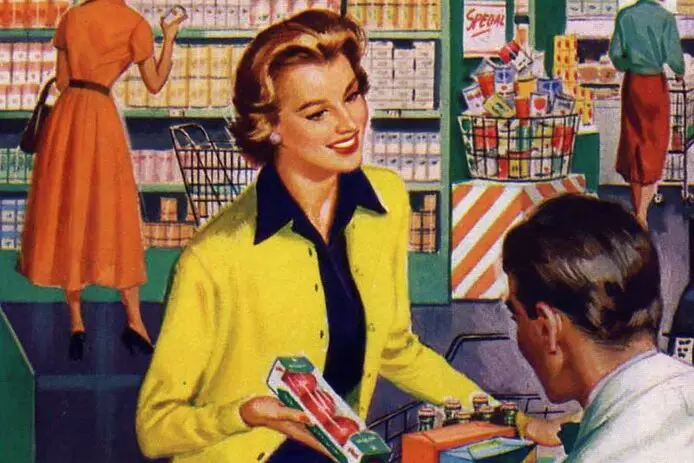
In the early days of grocery shopping, paper bags were the default choice for packaging. Plastic bags hadn’t yet taken over, and environmentally conscious shoppers were often pleased by the idea of biodegradable paper bags. However, these paper bags were often bulky and could tear easily if overloaded. The change to plastic bags began in the 1970s, as they were cheaper to produce, more durable, and able to hold more weight, making them a popular choice for both shoppers and stores.
By the mid-1980s, plastic bags had become ubiquitous, and the environmental impact of their widespread use only started to be seriously considered in recent decades. Today, many stores have shifted toward reusable or eco-friendly options, but it’s still hard to imagine the grocery store scene without plastic bags. If you were to take a trip back to the ’60s or ’70s, you’d likely find yourself with a paper bag in hand as the default packaging for your weekly groceries.
2. Price Tags Were Handwritten
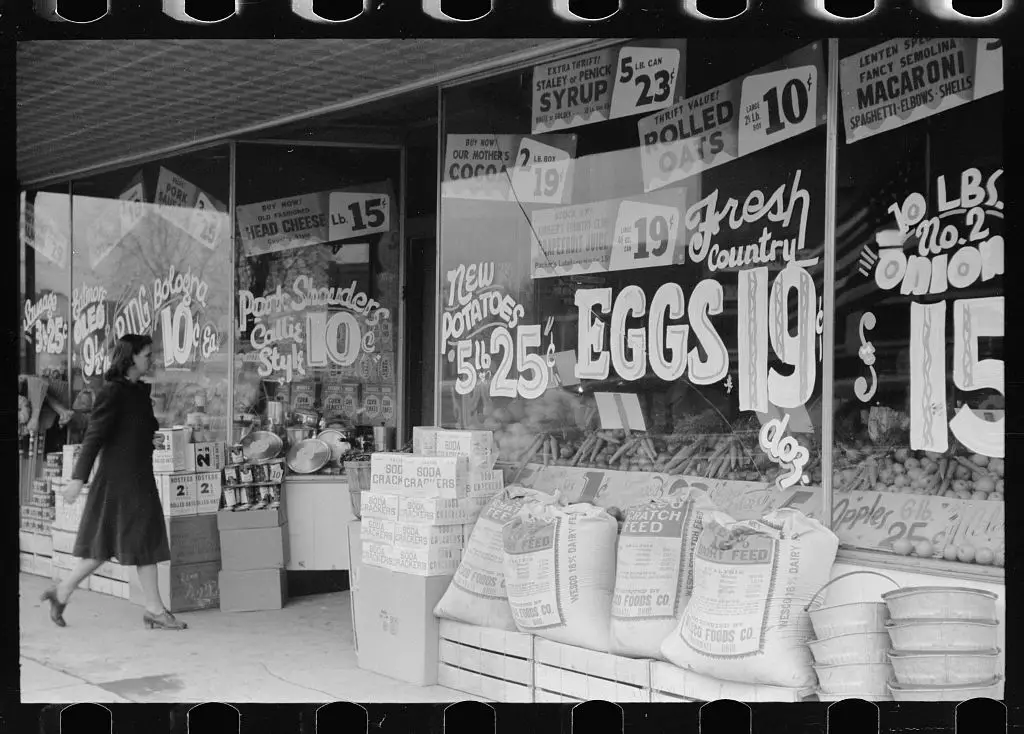
Before the digital age and barcode scanners, grocery store price tags were often written by hand. In fact, most items were marked with a price using a pen or marker, often with a sticker or label slapped on the product. This manual process was time-consuming and prone to mistakes, but it worked for the most part in an era when people didn’t expect the instant checkout process we have now.
Stores were required to have someone constantly updating prices as they changed, which could mean daily adjustments depending on stock and supply chains. You might have walked through aisles where the price tags were inconsistent in style or even different from store to store. Today, most grocery stores rely on digital pricing systems and automated stock tracking, making handwritten tags feel like a relic of a slower, more labor-intensive time.
3. Groceries Were Delivered Straight to Your Door

For a long time, grocery delivery was a common service provided by many grocery stores. While this practice still exists in some areas today, it used to be a regular part of shopping for many families. Back in the mid-20th century, families without cars could rely on their local store to deliver goods directly to their homes.
Customers would make their grocery list, call in their order, and wait for their delivery person to bring everything to their doorstep. The personal touch of this service gave shoppers a sense of community with their local grocery store, but as shopping habits shifted and supermarkets expanded, home delivery became a luxury rather than the norm. Now, we have apps and online grocery services, but that old-fashioned delivery system is definitely something most modern shoppers never experience.
4. You Had to Weigh Your Produce Yourself
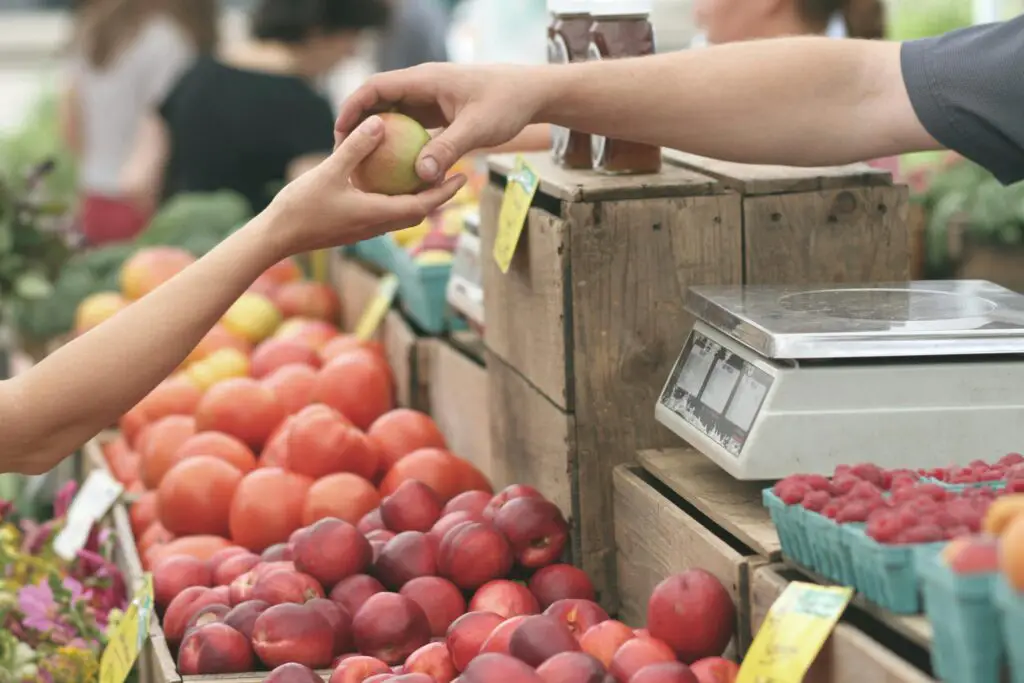
Before self-checkout stations and computerized scales, grocery shoppers were often tasked with weighing their own produce. It wasn’t unusual to find a small scale near the produce section, where you had to weigh your fruits and vegetables before heading to the register. While this may seem like a strange practice now, it was part of the norm in many stores before the advent of pre-packaged produce and automated checkout systems.
Shoppers would fill their bags with apples, oranges, or whatever produce they needed and carefully weigh them, using the scale to get the right amount for the price. Some stores had employees available to assist, but it was still a more hands-on process than the seamless self-checkout experience of today. While this practice may have slowed things down, it helped ensure that customers were only paying for the exact amount they took.
5. You Could Buy Items in Bulk from Open Bins
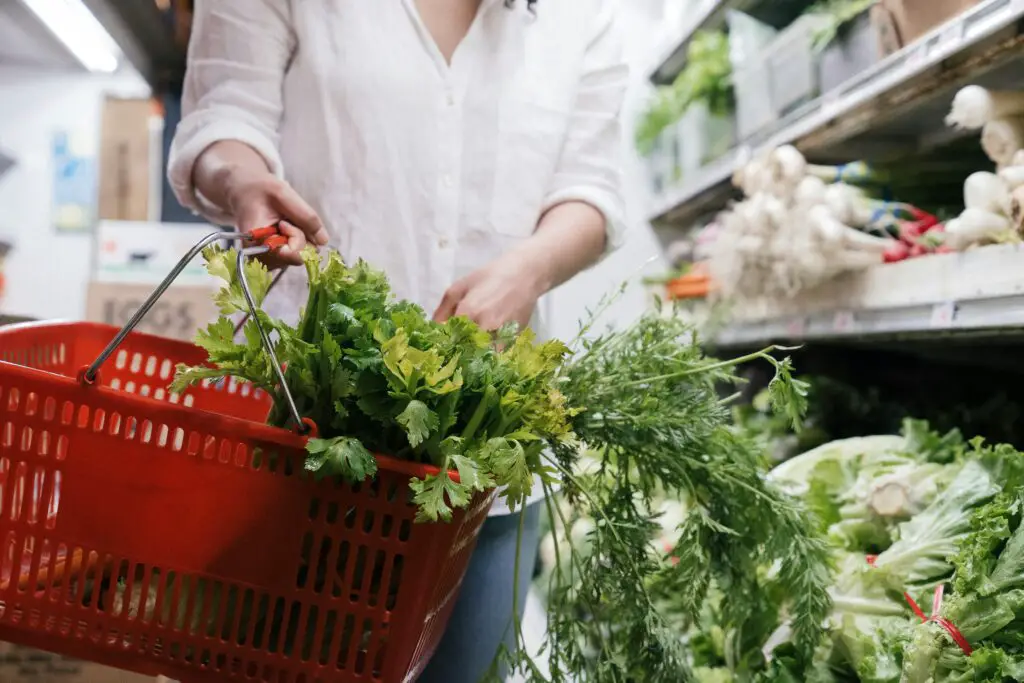
It wasn’t so long ago that bulk bins were a common sight in grocery stores, filled with dry goods like rice, pasta, cereal, and even candy. Shoppers could scoop out the exact amount they wanted, saving money by buying in bulk and reducing packaging waste. However, as convenience became more important to customers, pre-packaged goods started taking over.
In many ways, the decline of the bulk bin was driven by concerns about hygiene and food safety, especially in the wake of widespread health scares. Now, most bulk bins have disappeared from major grocery chains, replaced by neatly packaged items that keep everything under tight control. However, some specialty stores still offer the chance to scoop up your favorite bulk items, though it’s rare to see them in mainstream grocery chains.
6. You Could Return Opened Items
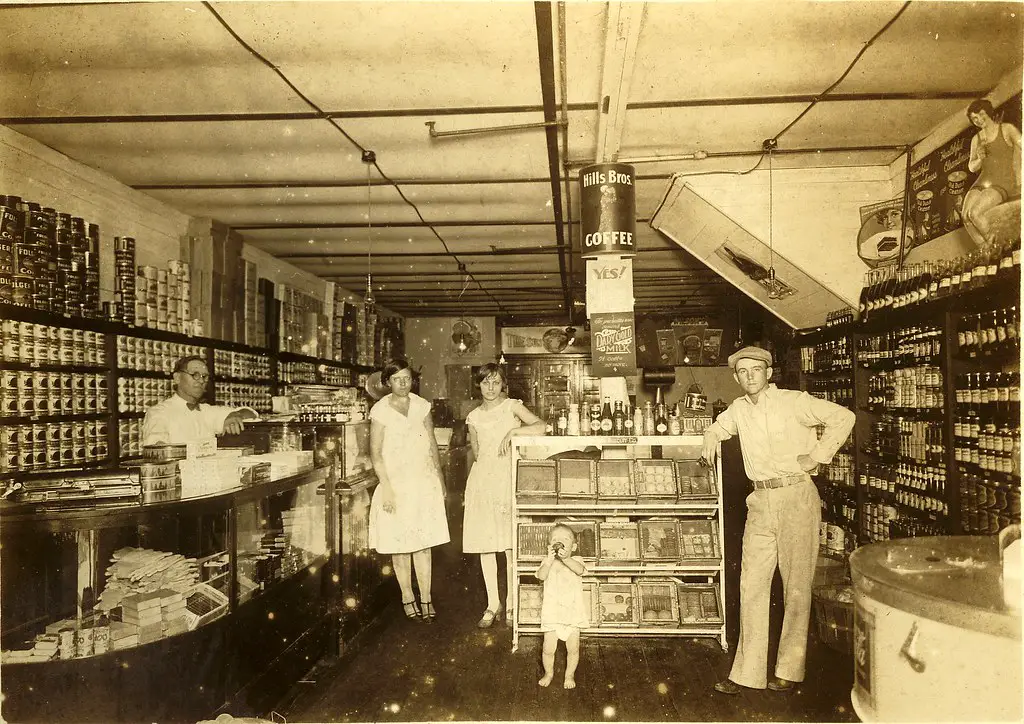
In the past, grocery stores often allowed customers to return items that had been opened or partially used. If a product didn’t meet expectations, whether it was stale bread or spoiled milk, you could bring it back to the store, and they would offer a refund or exchange. This level of trust and customer service is something that’s largely gone by the wayside in today’s consumer culture.
Modern grocery stores tend to have much stricter return policies, especially for perishable goods, due to the potential for abuse. Stores now often require proof of purchase or might limit returns to items that are still in original, unopened packaging. This shift reflects a changing retail landscape, where returns are increasingly seen as a service rather than a standard customer right.
7. Aisles Were Smaller and Packed to the Brim
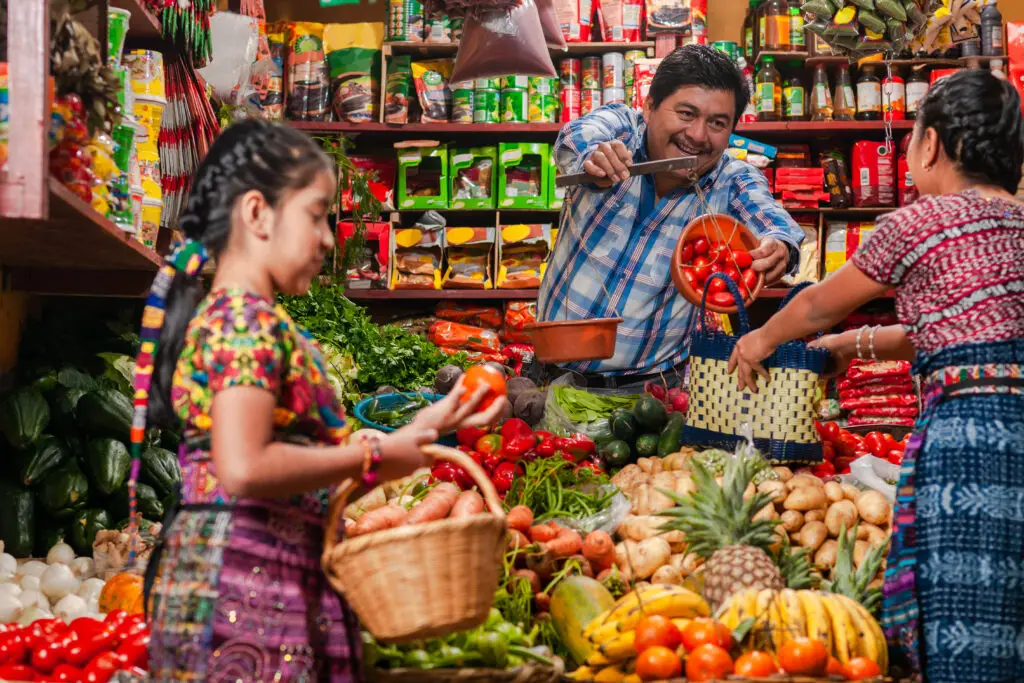
In the mid-20th century, grocery store aisles were much smaller than they are today. There wasn’t the vast array of options we see now, so stores crammed as many products as possible into tight spaces. Aisles often felt narrow and could be hard to navigate, especially during busy shopping hours.
While this layout was more space-efficient, it didn’t make for the most comfortable shopping experience. Customers could feel overwhelmed by the sheer number of items packed into each row. Fast forward to modern-day stores, where aisles are wider and more spacious, making it easier for shoppers to get around. This shift in layout is part of the larger trend toward customer convenience and more enjoyable shopping experiences.
8. Customer Service Was Actually Personal
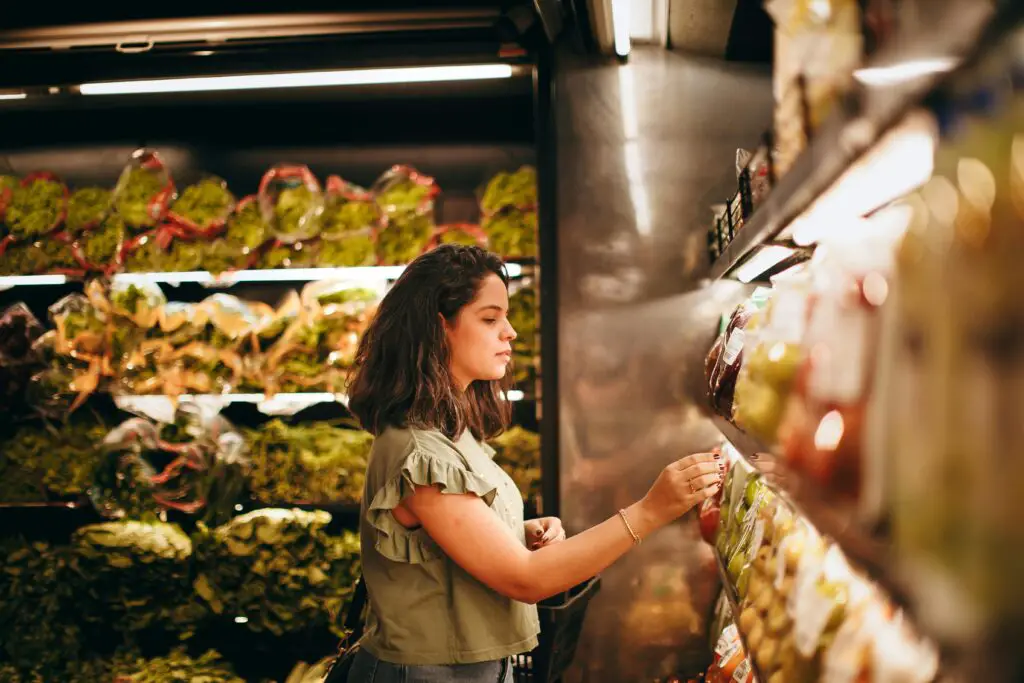
Before the rise of automated checkout counters, grocery stores often had cashiers who knew their customers by name. If you visited a local store regularly, the cashier would greet you, chat about your day, and ask how your family was doing. This level of personal service created a warm, community-centered shopping experience that’s largely been replaced by the impersonal touch of self-checkout kiosks and online shopping.
It wasn’t just cashiers; store clerks would help you find what you needed, carry items to your car, or even give you tips on how to prepare a certain recipe. This personal touch is part of what made shopping at a local grocer feel like a special experience. In today’s big-box stores, such personalized service is rare, and it’s easy to feel like just another faceless shopper.
9. You Could Bargain for a Better Price
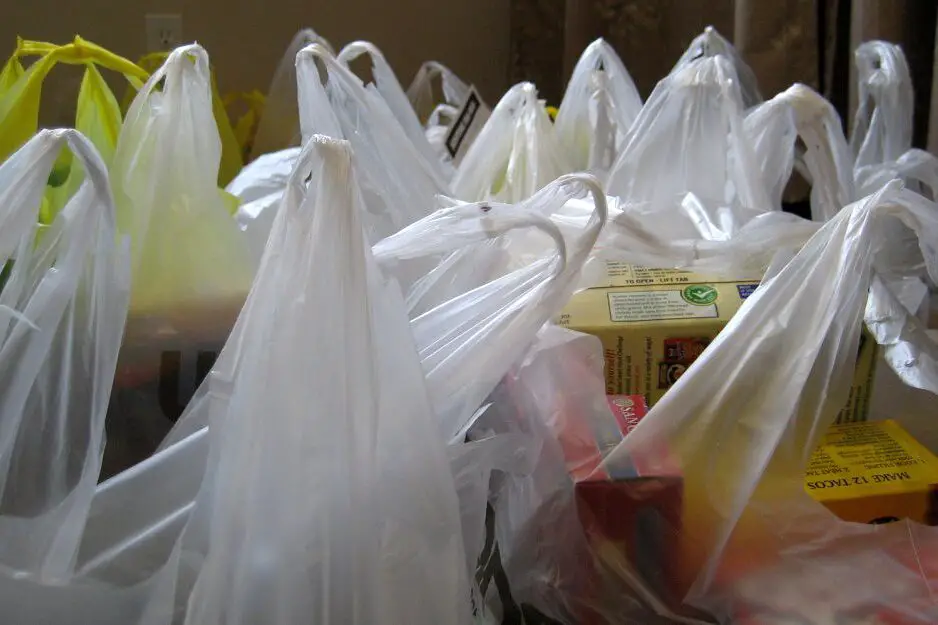
Believe it or not, bargaining for lower prices was once a common practice in some grocery stores. This was especially true in smaller, family-owned markets where the pricing wasn’t set in stone. Shoppers would sometimes ask for discounts or negotiate with the butcher or produce vendor if they were buying in bulk or purchasing damaged goods.
The concept of bargaining in grocery stores has largely disappeared as prices have become more standardized and transparent. Today, we rarely see this level of flexibility, but it reflects a time when shopping was more of a personal interaction than a transaction based on fixed prices. Still, in some farmer’s markets or independent shops, you might find that some negotiation is still possible.
10. Customers Were Expected to Make Their Own Change
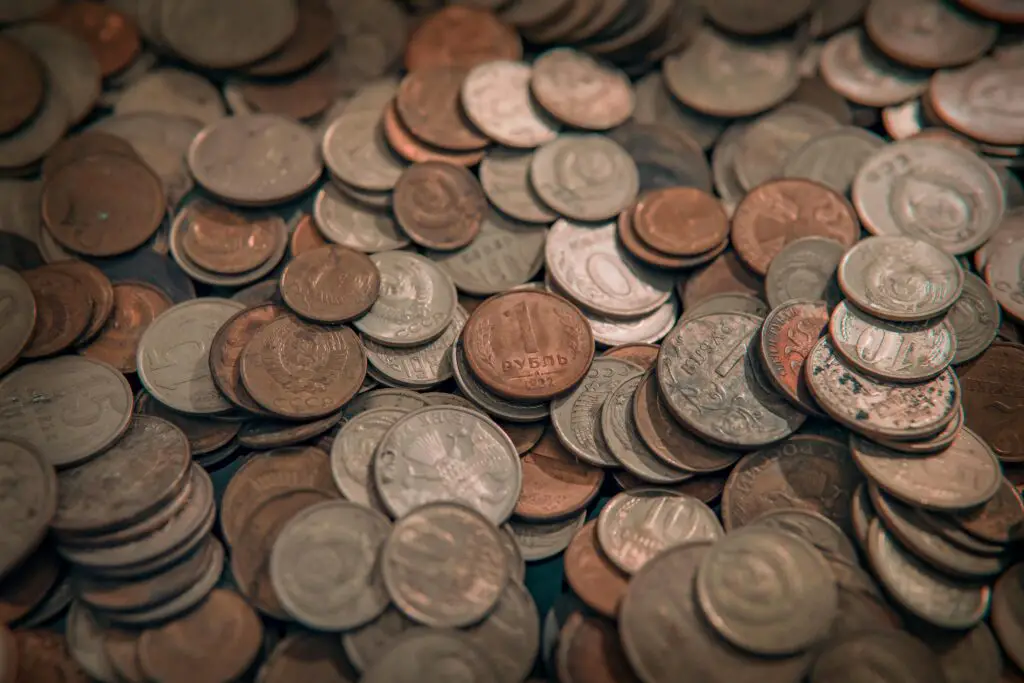
Before the widespread use of cash registers with built-in tills and automatic change dispensers, it was common for customers to make their own change when paying in cash. Cashiers would simply hand you the bill and leave you to figure out the rest. In some cases, this led to confusion or mistakes, but it was part of the charm of shopping in simpler times.
Today, with the convenience of automated systems, making change is almost entirely the cashier’s job. But back in the day, if you didn’t have exact change, it was your responsibility to make up the difference. This practice, while more time-consuming, gave people a sense of involvement in their transactions and made each purchase feel a little more personal.
11. There Was No Such Thing as Store Loyalty Programs

Loyalty programs, with their rewards and discounts, are a ubiquitous part of modern shopping, but they weren’t always the norm. Before the ’80s, grocery stores rarely offered any form of customer rewards for frequent shoppers. The idea of a customer loyalty program was a revolutionary concept that emerged in the 1980s, when stores realized they could incentivize repeat business with discount cards and coupons.
Today, loyalty programs are a staple, with almost every major grocery store offering a system to track your purchases and earn rewards. The shift toward these programs reflects a more competitive and data-driven market, where stores are trying to better understand their customers’ buying habits to keep them coming back.
12. You Could Buy Prescription Medications Over-the-Counter

In the not-so-distant past, it was possible to walk into a grocery store and pick up common medications like aspirin, cough syrup, and even some antibiotics without a prescription. This was especially true at small corner stores or general stores, where the pharmacy section was just another part of the grocery aisles.
While this practice has long been phased out, there was a time when medication was sold much like any other product. This shift away from over-the-counter sales of certain medications reflects the increased regulation and safety concerns surrounding pharmaceuticals today. While you can still get some basic remedies at the store, most medications now require a prescription, thanks to the need for proper oversight and safety protocols.
13. No Checkout Lines, Just a Big Counter
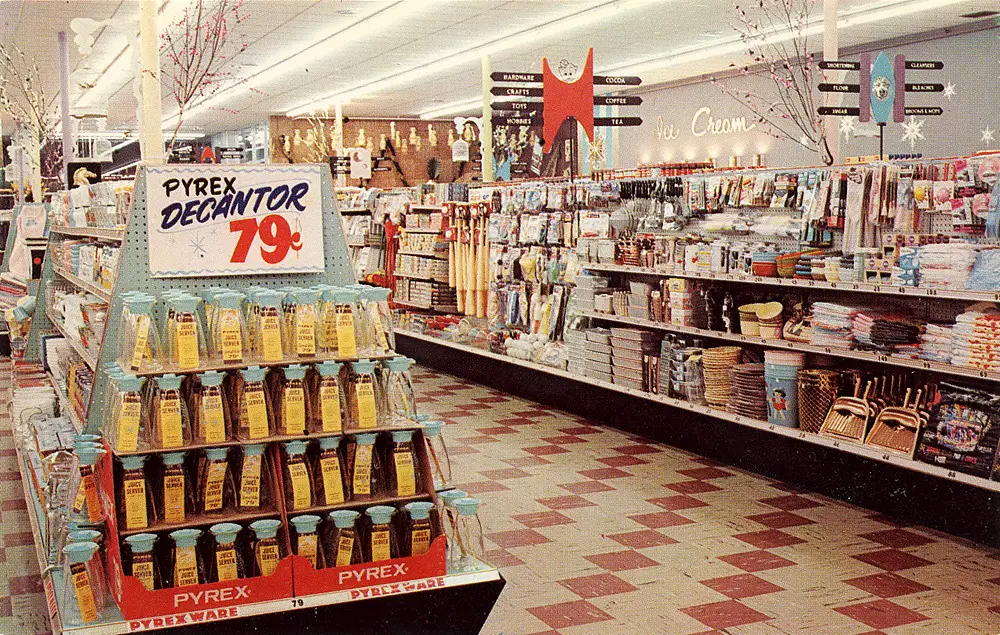
Before the concept of checkout lines became commonplace, many smaller grocery stores had a central counter where all transactions were processed. You’d bring your groceries up to the counter, and the cashier would ring them up while you stood in line waiting your turn. There was no single-file line, no designated lanes – just a giant counter where everyone had to figure out where to stand.
This type of setup worked in small-town stores but would be unmanageable in larger modern grocery chains. With the rise of supermarkets and self-checkout systems, this practice gradually phased out, as stores sought more efficient ways to handle high volumes of customers. Today, the idea of one giant counter for every transaction seems out of place in a world where we are accustomed to multiple checkout lanes and even self-service kiosks.
